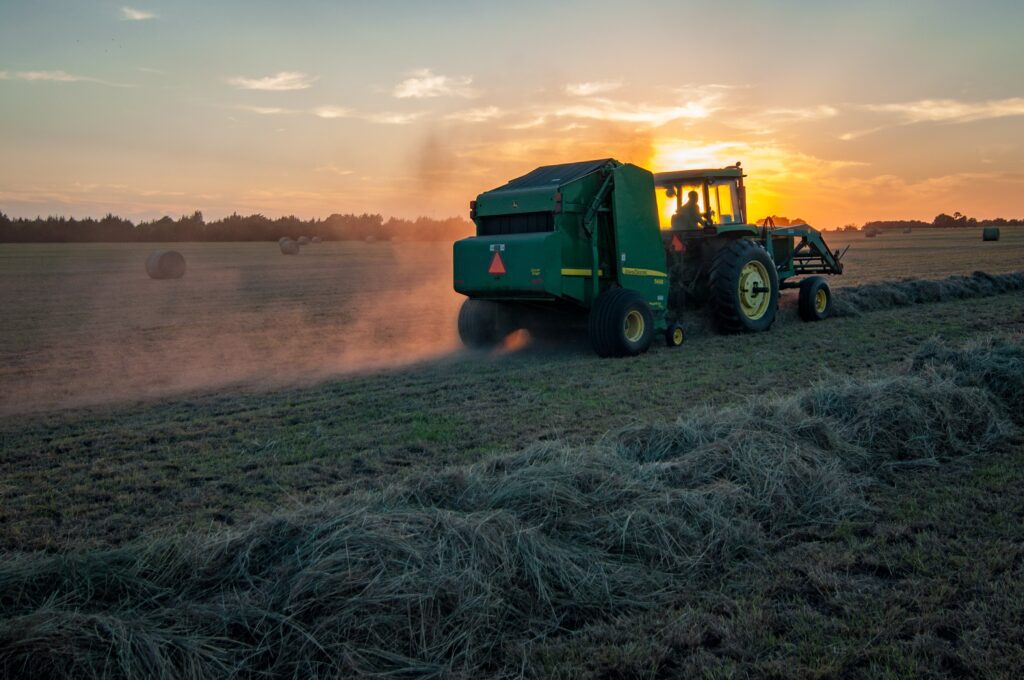The U.S. Department of Agriculture (USDA) launched a Partnership for Climate-Smart Commodities last September. The program is aimed at investing in climate-smart solutions in the agriculture and forest spaces. It offers $3.1B over the next 3-5 years for 141 projects in total. The program defines a “climate-smart commodity” as “an agricultural commodity that is produced using farming, ranching or forestry practices that reduce greenhouse gas emissions or sequester carbon.” Agriculture Secretary Tom Vilsak stated that “We believe that this program will allow us to figure out what works, and frankly, what doesn’t work.”
The Climate-Smart Commodities program was launched in two phases. The first was for large grant projects between $5-$100M over 3-5 years, and out of 450 applicants, 70 received awards. The second phase, launched in December, was aimed at smaller scale farming operations and offered $325M between 71 additional projects.
The USDA reached out to agricultural and forestry industry professionals in designing the program to ensure it catered to their vision of what a reasonable program would look like and achieve. They advocated for a voluntary, incentive-based, and market-driven program with robust monitoring and reporting mechanisms. The measurement, verification, and reporting aspect is necessary for receiving federal grants, but is particularly pertinent to innovative climate solutions to understand their ability to reduce carbon emissions.
Food production is an important American industry. Last year, U.S. agricultural exports totaled $196B. However, according to the USDA, farming activities account for 11.2% of U.S. greenhouse gas emissions. Some farmers worry that tinkering with a working system could be risky, but also understand that a changing climate affects agriculture more than other industries. There is an understanding of the value in being proactive to make the industry more resilient.
The program was committed to focusing on historically underserved communities and created partnerships with over 30 Historically Black Colleges and Universities (HBCUs). One project, which awarded Truterra, LLC $90M, plans “to train Black Climate-Smart agronomists through internships and fellowships with Historically Black Colleges and Universities throughout the Southeast, and provide incentives to underserved producers for hosting Farmer Peer Networks.”
Another project is aimed at taking agricultural waste and transforming it into aviation fuel, which Secretary Vislack claims is a “potential 35-billion-gallon industry.” According to the World Economic Forum, the aviation industry accounts for approximately 2.5% of global carbon dioxide emissions.
The Climate-Smart Commodities program is an example of how the U.S. is prioritizing climate action and trying to lead in innovative technologies that can bring down greenhouse gas emissions. As the world’s second largest emitter with a large agriculture industry, sustainable agriculture and forestry initiatives seem like a good place to invest for climate solutions.














